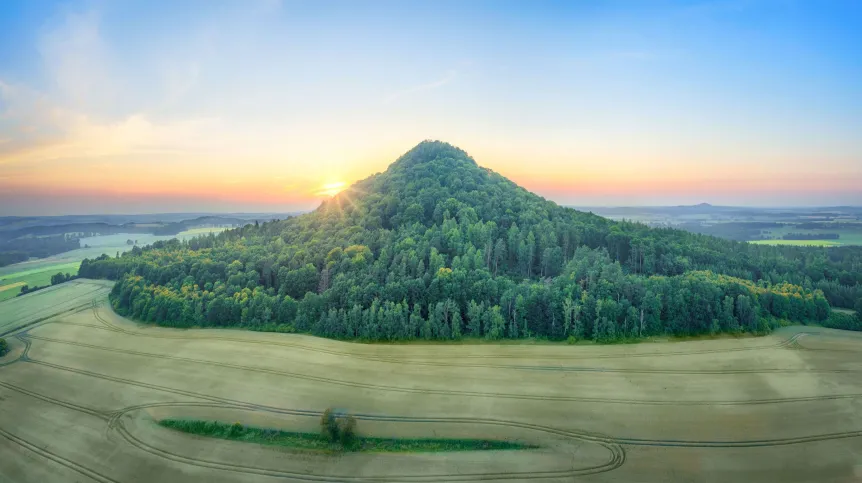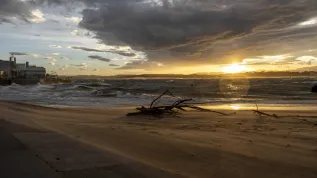
The Land of Extinct Volcanoes located in the Western Sudetes was added to the UNESCO list of Global Geoparks last week. It is the third Polish geopark in the UNESCO Global Geoparks network.
'As the national geological service, we are extremely proud that the Land of Extinct Volcanoes Geopark has joined the UNESCO Global Geoparks network as the third geopark in our country. This confirms that Poland can be proud of a geological heritage of international importance,’ says Dr. Katarzyna Szadkowska, head of Deposit and Environmental Geology Laboratory at the Lower Silesian Branch of the Polish Geological Institute - National Research Institute in Wrocław.
She adds that special congratulations are due primarily to the Kaczawa Association, which manages the Geopark and for years has been involved in activities related to joining the network of UNESCO Global Geoparks.
In addition to the geopark in Poland, 17 geoparks in different parts of the world joined the network last week.
UNESCO Global Geoparks are places where geological, natural and cultural heritage is promoted and protected, while activating the local community.
The Land of Extinct Volcanoes is situated in the Kaczawskie Mountains and Foothills. It stretches between Złotoryja and Jelenia Góra. It is one of the most tectonically and geologically diverse areas of Poland. The area of 1,300 km2 contains traces of the geological history of this region, dating back 500 million years.
'The Land of Extinct Volcanoes - as the name suggests - consists primarily of old volcanoes, more precisely volcanic activity remains preserved to varying degrees: rocks, minerals and landforms. Moreover, they come from not one, but three volcanic activity episodes, hundreds of millions of years apart,’ Dr. Szadkowska told PAP.
In the geopark you can find the remains of volcanic activity from as many as three different periods of Earth's history: Early Palaeozoic volcanism approx. 500 million years ago; Late Paleozoic (Permian) - approx. 270 million years ago and Cenozoic - approx. 20 million years ago. Each of these episodes is represented by numerous rock formations of volcanic origin, which distinguishes the region on the maps of both Poland and Europe.
'Volcanoes capture the imagination and attract tourists. However, remember that the Land of Extinct Volcanoes is not just volcanic rocks. You will also find other types of rocks here, from different geological periods, which tell the stories of ancient seas and processes taking place deep inside the Earth. There are also traces of ancient mining, monuments and living nature,’ says Dr. Szadkowska.
The Land of Extinct Volcanoes geopark joined two other geoparks in Poland already in the UNESCO list. These are: the Muskau Bend Geopark (added to the list in 2011) and the Holy Cross Mountains Geopark (added in 2021).
The cross-border Muskau Bend Geopark was the first in Poland to be recognized as a UNESCO Global Geopark. It is located partly in Poland, in the Lubusz province, and partly in Germany.
A geotourist path leads through the geopark. The geological values of this place are complemented by naturally valuable forest complexes and garden compositions.
The Holy Cross Mountains Geopark is located in the western part of the Holy Cross Mountains - in the city of Kielce and four neighbouring communes. This geopark is characterized not only by its geological heritage, unique on a European scale, but also by the closely related historical and cultural values of the region.
The full list of 18 new UNESCO Global Geoparks (with their descriptions and photos) is available here. (PAP)
Magdalena Barcz, Urszula Kaczorowska
bar/ uka/ agt/ kap/
tr. RL













